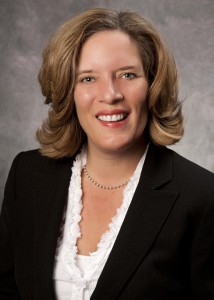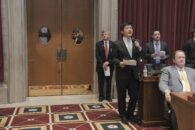JEFFERSON CITY, Mo. — The Missouri Budget Project released a unique analysis of school funding today, breaking down revenue allocation on a district-by-district basis and showing a severe lack of funds in some parts of the state.
Amy Blouin, executive director of the MBP, a typically left-leaning group, says the analysis is meant to give lawmakers context as to the impact of state funding for education in their individual school districts.

“We talk about the foundation formula number on a statewide level, but it doesn’t really mean that’s the most effective way to talk about it,” Blouin said. “It’s hard for people to fully understand what that means for their school, but we were able to apply the formula to every district in the state and then say what those numbers mean on a per-student basis in each district.”
The foundation formula determines how much the state will spend on schools each year but which has been underfunded since 2010. The formula provides different levels of funding for different schools. The MBP analysis shows that rural areas appear to be bearing the brunt of underfunding on a per-student basis. In Clayton, the district is $34 underfunded per pupil. In Dunklin County, local schools are underfunded by a whopping $850 per pupil.
Lawmakers have struggled for years to fully fund the formula. Democrats have long used the reduced education funding as a selling point against Republican tax cuts, saying reductions in revenue will guarantee a chronic lack of funds. Similarly, Republicans have repeatedly chided Gov. Jay Nixon for withholding education funds during the tax-cut debate and correctly noted that the Republican-controlled legislature in the past year spent more money on education than ever before.
Nixon’s office released a brief statement reiterating Nixon’s State of the State pledge to fully fund the foundation formula within two years. Republicans in both chambers of the legislature have promised big funds for education, but those budgets are still in the final stages of completion. With Nixon and the legislature operating from two different consensus revenue estimates, the precise amount the state will spend on education in FY 2015 remains unclear.
“This type of analysis helps us and lawmakers understand the array of needs in their community and how that interacts with tax policy,” Blouin said. “We hope that this kind of approach is going to be more unique and more valuable as those debates unfold.”
Collin Reischman was the Managing Editor for The Missouri Times, and a graduate of Webster University with a Bachelor of Arts in Journalism.




